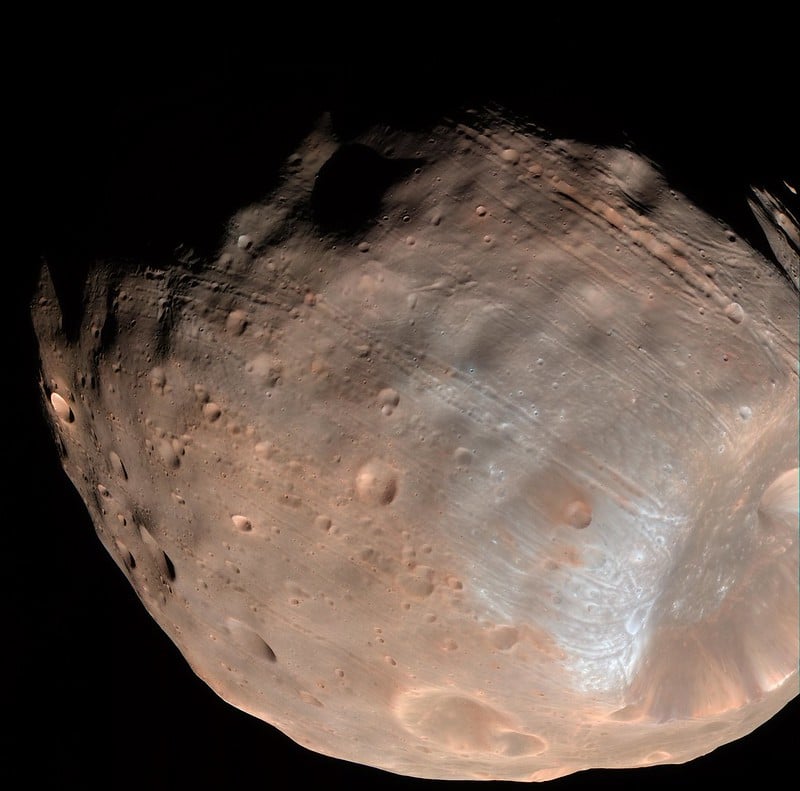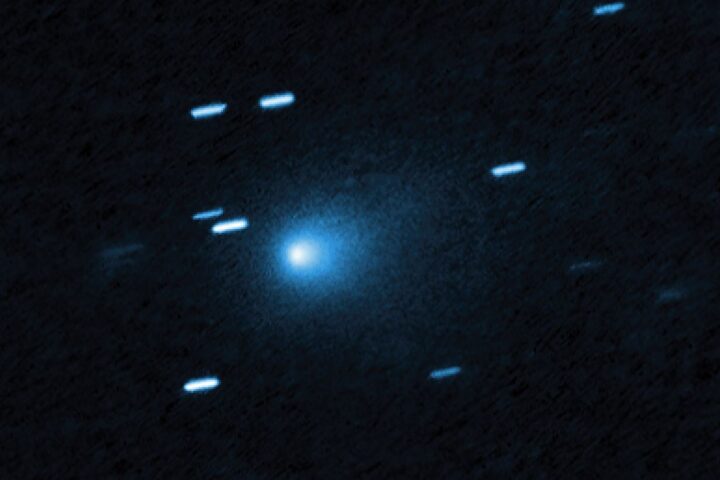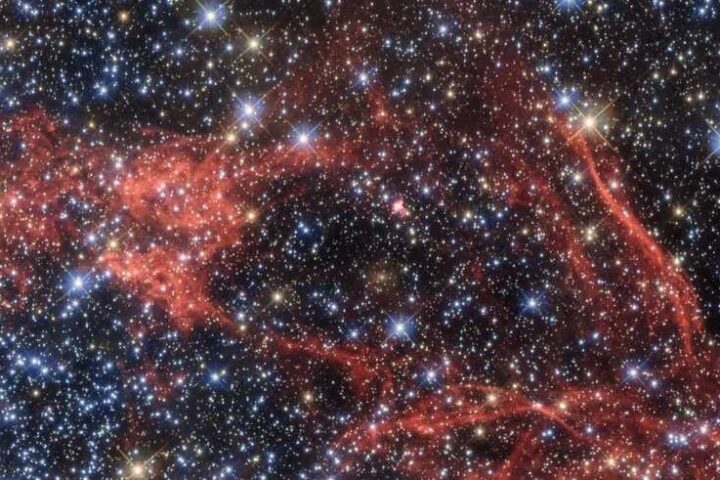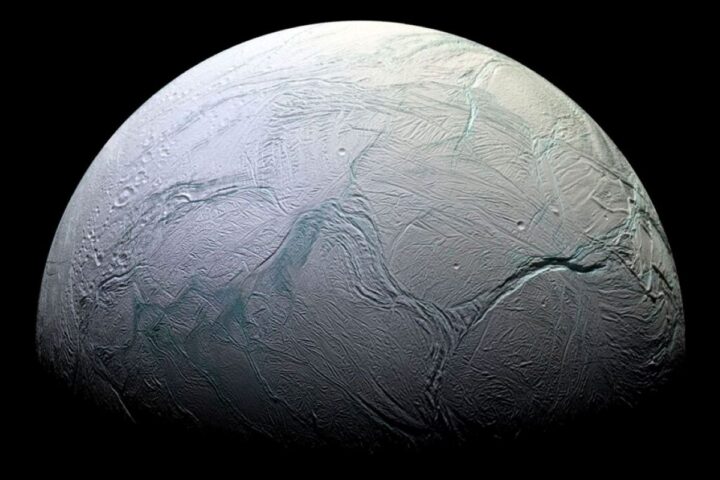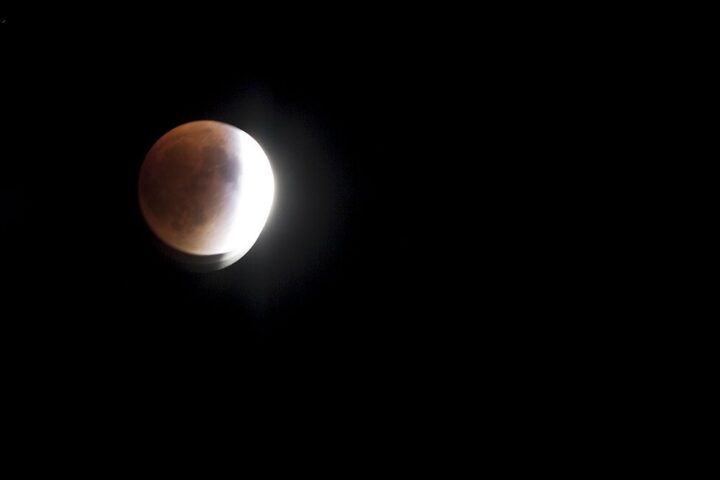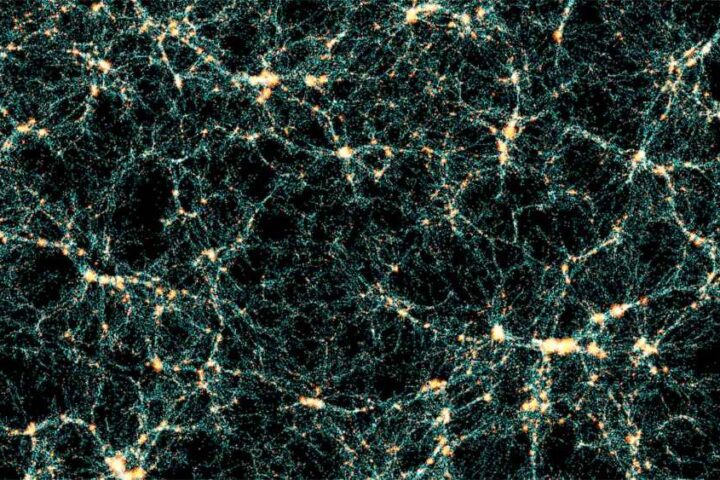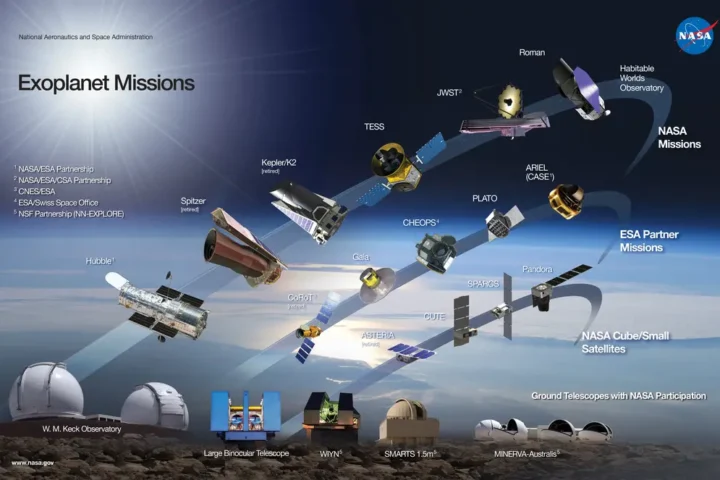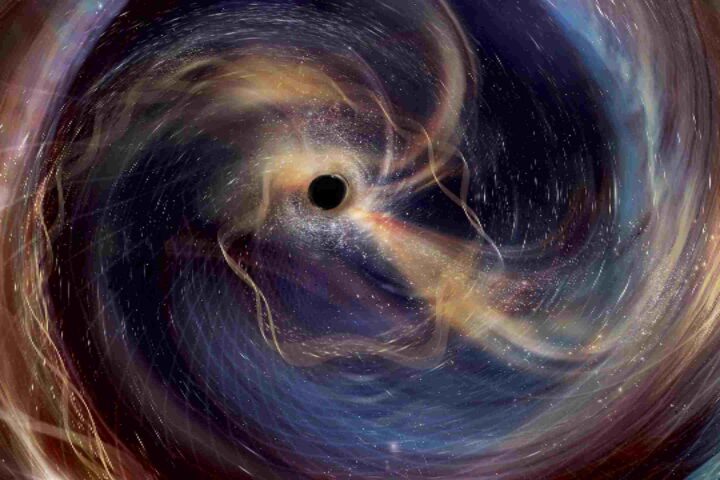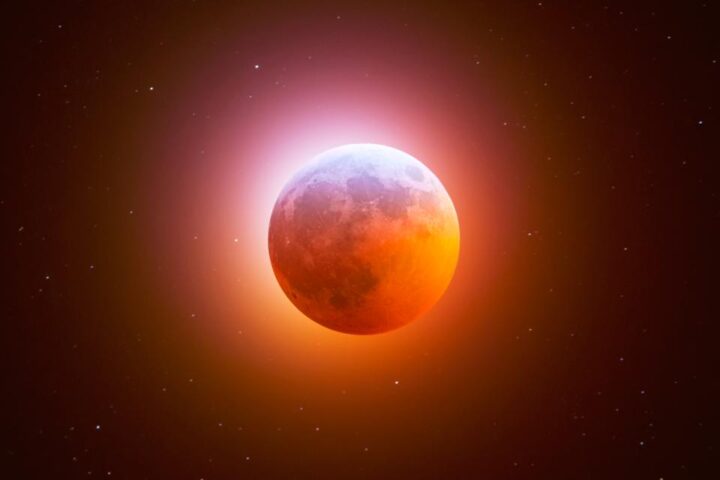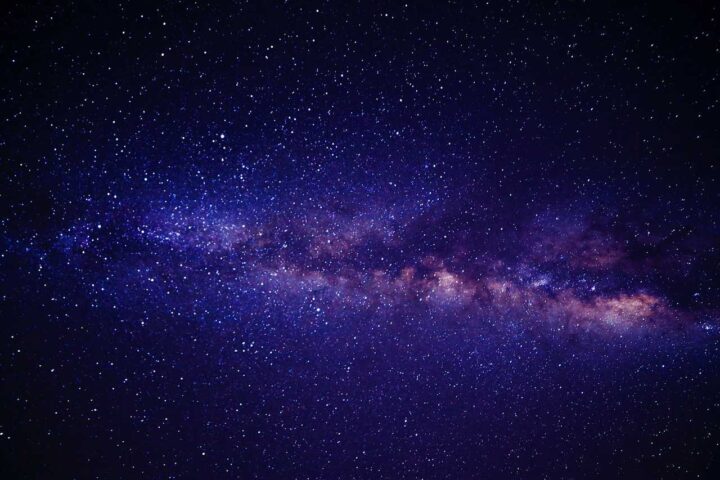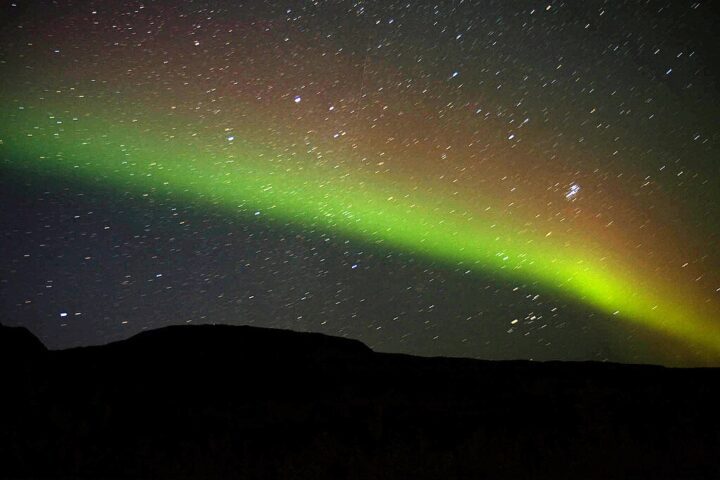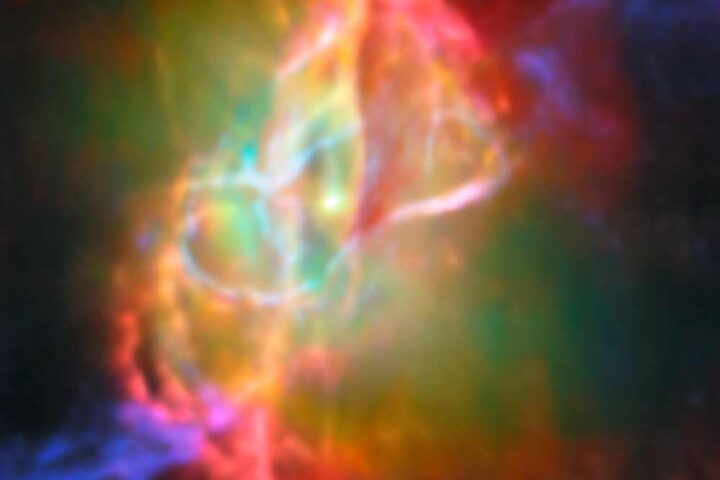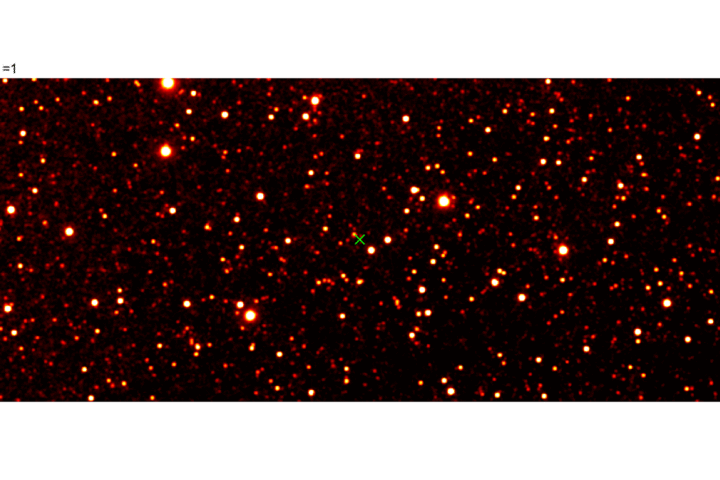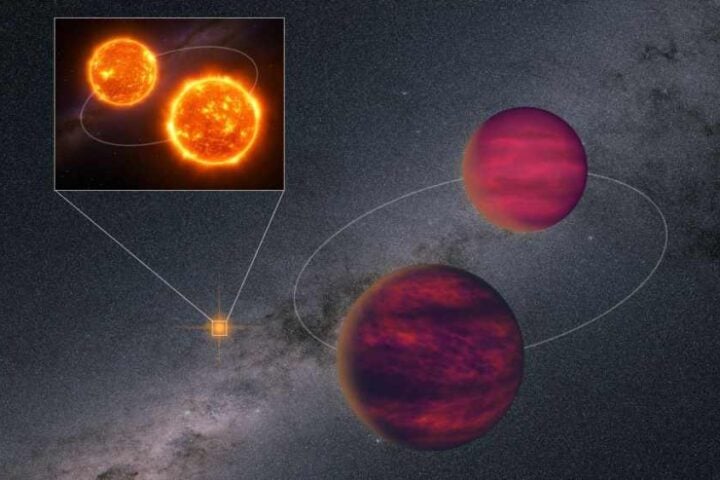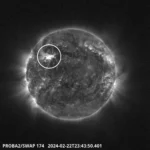Mars will create a stunning sky pairing with the bright star Regulus this month, offering stargazers a rare color contrast visible to the naked eye.
On June 16-17, the red planet will appear just 0.75 degrees from Regulus – the brightest star in Leo. This small separation is approximately the space covered when you hold up your pinky finger against the night sky. Both objects will shine at nearly identical brightness (magnitude +1.4), but their colors tell different stories. The rusty-orange glow of Mars stands in sharp contrast to the blue-white sparkle of Regulus, making them visually striking when viewed together.
“Look for them around 10 p.m. local time, roughly one-quarter up in the western sky,” says Joe Rao, astronomy instructor at New York’s Hayden Planetarium. “Their colors appear intensified when viewed so close together.”
You can observe this Mars-Regulus pairing from June 13-20, with their nearest approach happening on June 17. Though visible without equipment, using binoculars will make the color differences more apparent.
Another celestial event occurs on June 29 when a crescent Moon approaches Mars. The 24% illuminated waxing Moon will move extremely close to Mars in the western evening sky. Across most North American locations, approximately one-third of a degree (about 20 arc minutes) will separate the Moon’s upper edge from Mars. This distance changes based on your viewing location – viewers in the southern United States and Caribbean will see a narrower gap, while those in northern regions will notice a wider separation.
Similar Posts
For perspective, Mars currently sits 165 million miles away (a distance light travels in 14 minutes), while Regulus exists much farther at 77 light-years from our planet.
Mars appears as a point of light because it’s in an “off year” in its 15-to-17-year cycle of oppositions. It reached opposition (its closest and brightest position relative to Earth) back in January at 59.7 million miles away, and has been receding and dimming since.

After June, Mars will remain visible in the evening sky but will continue fading as it moves farther from Earth, eventually disappearing into twilight by early November when it reaches 225 million miles away – roughly 1/13 as bright as it was in mid-January.
For the best views, find a spot with clear western horizons and minimal light pollution. Give your eyes at least 15 minutes to adjust to darkness for optimal viewing.
